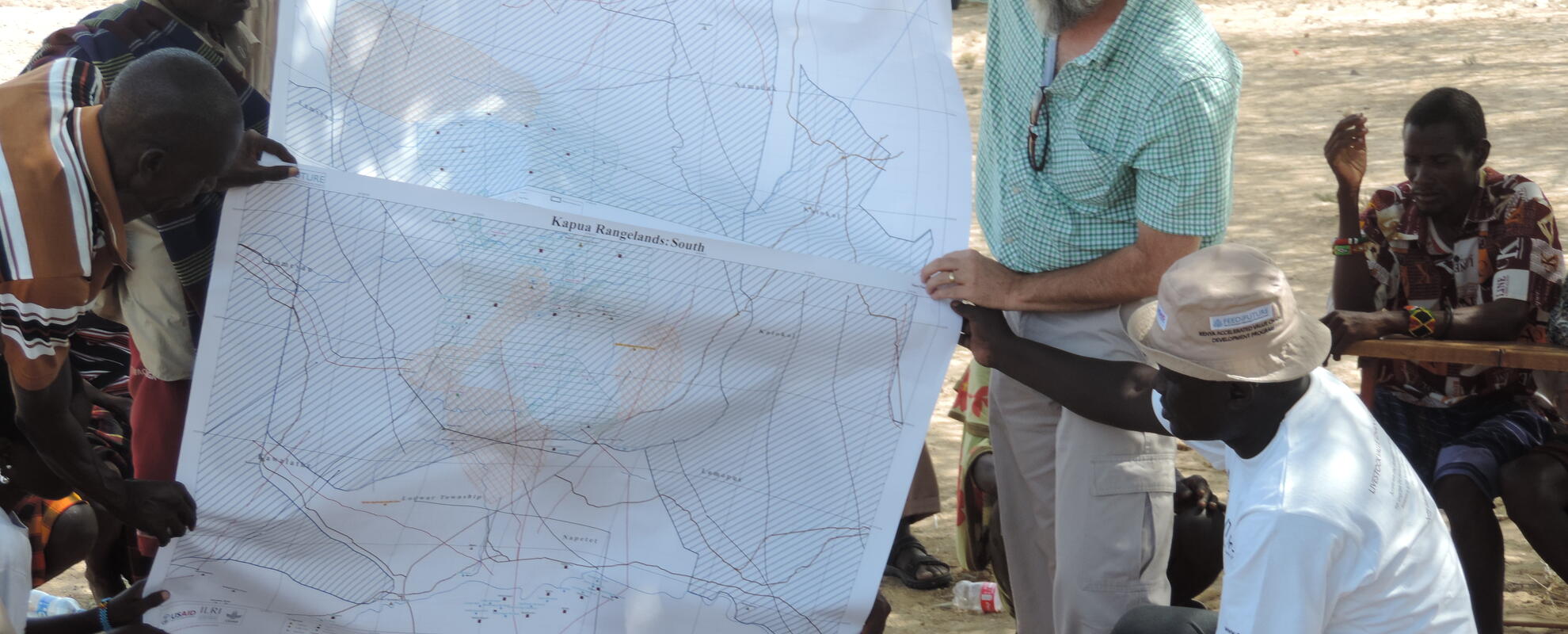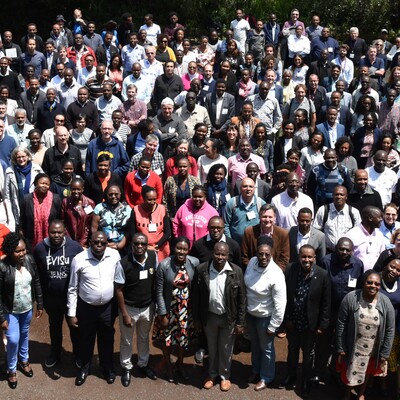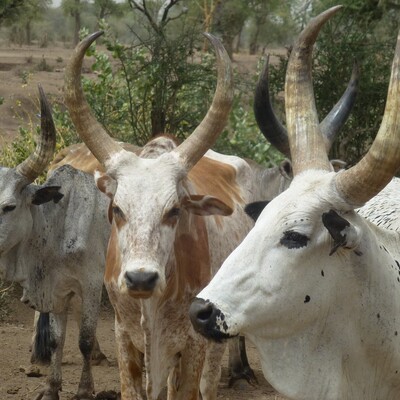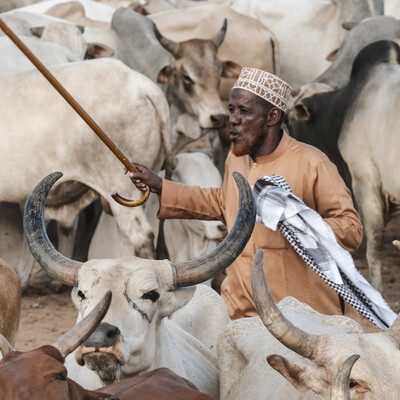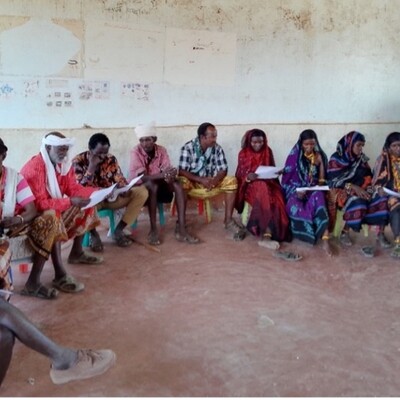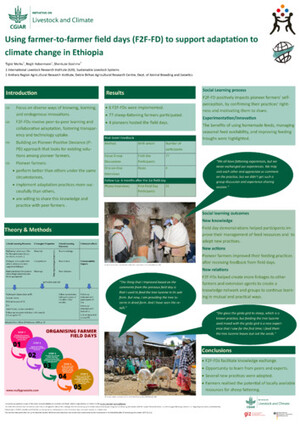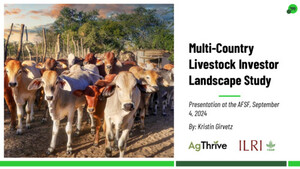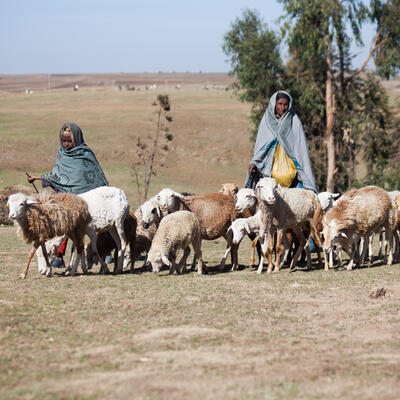
When Participatory Approaches Mess up Your Plans
I never imagined that this man who had brought his herd into this other community’s pastures and flouted the community’s grazing rules, and whose actions had disrupted our training workshop would become a champion of our approach.
The Interrupted Workshop
I had come to Turkana County in northwestern Kenya to be part of a team that was carrying out training for the leaders of the resource management committee of a community called Kapua. Implementing an approach called participatory rangeland management, we had been working with the committee for several months. This community of pastoralists—traditionally herders of camels, sheep and goats—had developed a simple seasonal grazing plan to structure their use of their rangelands and hopefully rehabilitate them, with the plan being managed by their community-based natural resource management (CBNRM) committee. (And when I say community, don’t think “village”—the “community” in this case was an entire ward, with a few settlements and over 100,000 hectares of land.)
Now we had come to carry out a training workshop for the CBNRM committee to help them think more deeply about their role as a committee representing the whole community, review the implementation of their plans, and build their capacities for leading their community’s rangeland management processes. Our training team were staff from an international NGO, a local NGO, the county government, and the International Livestock Research Institute, and we had put in a lot of time planning and preparing for the workshop. We had a lot of ground to cover and had developed an efficient timetable to cover all the ground we needed to cover in the short time available.
So it was a bit disconcerting when, halfway through the afternoon of the first day, some of the community leaders and the trainer from the local NGO said they had just received some important news and wanted to cut the training short for the day. “Oh! And could we also borrow a couple of your vehicles?”
Had someone died and now there was a funeral to attend?
Not at all. Word had come that someone from another ward had brought their herd into the area and was in Kapua’s reserve grazing area. You see, a common element of many pastoralist communities’ seasonal grazing plans are that timing of access to pastures is regulated: some pastures are off-limits during the dry season, some are off-limits during the rainy season, and some are protected for longer as they are reserved for times of drought. Ensuring that every pasture has some significant time during the year when it is rested can often result in great improvements in their health and productivity.
And now, in the middle of our workshop, news had come that someone had taken their herd into a reserved area out of season, and the committee members wanted to drive out, with my organization’s vehicles, to where he had been seen and confront him. A dozen scenarios of what might go wrong ran through my mind, not to mention how it would throw our training off schedule. But in the end, I relented and waited nervously in the village as they drove out to the grazing reserve.
Confronting the Intruder
Late at night, the vehicles returned. No one had been shot. There had been no diplomatic incident between neighbouring communities. What did happen was that now we had an additional participant in the workshop: the herd owner from the neighbouring ward, who had taken his herd into the protected pastures.
He sat quietly through the training the next morning, until the afternoon. Then he spoke up and explained himself. “I had heard something about what you were doing here,” he said, “and I wanted to test you.”
Yeah, right! I thought sarcastically to myself.
“Last night,” he continued, “after hearing the explanations from your people, I gave instructions for my herd to be moved out of the reserve into one of your areas where grazing is open for the season.”
And now, having participated in a few hours of our workshop, he promised that he would abide by the local grazing plan. More than this, he said he was going to go back to his own ward discuss with people about doing a similar grazing plan.
Participatory Rangeland Management and Traditional Pastoralist Resource Management
Traditionally, in some parts of Turkana land, there were essentially no internal restrictions on grazing, with any Turkana person being entitled to graze their livestock wherever they wanted. It was what the academic literature on land tenure in pastoral systems calls an open property regime. In other parts of Turkana territory, however, there had traditionally been various practices and institutions and that determined when certain pastures and fodder trees could be accessed and by whom. That traditional system designated various categories of land and resources and administered a complex system of overlapping rights to those resources. That traditional system, however, has largely broken down.
The participatory rangeland management approach that was guiding our work attempts to build on these kinds of traditional pastoralist systems. It does not necessarily insist on each community’s pastures being strictly accessed only by members of that community, but allows for flexibility and sharing of resources for some areas according to rules that have been agreed upon within and among communities. Part of the process involves multiple communities negotiating their various community-level plans with each other. Think landscape approach more than CBNRM. And to the extent that some pastoralists—like this man who had joined our workshop—see something attractive in participatory rangeland management, it has been in part because the approach resembles and reinforces traditional practices.
Taking On a Life of its Own
After the workshop, the man returned to his own ward. Soon after that, our local NGO partner was contacted by community leaders from that ward. We have a committee to manage grazing now too. When are you coming to do training for us? When can you come to help them with our seasonal grazing plan?
Again, I started wringing my hands. This other ward isn’t in our work plan. How can we fit this into our schedule? Into our budget?
In the end, we decided that we had little choice but to try to at least do something. The participatory rangeland management approach is based on working both within communities and also at a large landscape level between communities. Now, these community-led governance processes were spreading at the bottom and the communities were doing we had hoped they would do: organizing themselves spontaneously for management of their own resources. We couldn’t let the fact that it wasn’t happening according to our plan get in the way.
I drew three lessons from this experience.
- Engage in dialogue and be inclusive. The community representatives who went out to meet with the livestock owner who had brought his herd to the wrong area in contravention of the rules talked and listened, and treated him as a potential collaborator. Doing so helped launch healthy relations with the neighbouring community, which in turn strengthened their own resource management system.
- Keep your eyes and ears open for unexpected and spontaneous opportunities that may arise. In a genuinely participatory process, your partners at the grassroots will often take action on their own and create opportunities.
- Be flexible. If the opportunity that presents itself is unexpected or spontaneous, it won’t be in your budget or work plan. In order to respond to the opportunity, you may need to apply a considerable amount of administrative persuasion and creativity, but it is important that you do respond—because if you can’t respond to the aspirations and opportunities that come from the bottom up, it probably means your approach is top-down.
Original post from Lance Robinson on Deliberative Landscapes Wanderer a personal-professional blog and web site. CLICK HERE
Further Reading
On participatory rangeland management:
International Livestock Research Institute. 2018. Participatory rangeland management toolkit for Kenya. First edition. Nairobi, Kenya: ILRI. URL: https://cgspace.cgiar.org/handle/10568/102091.
On land tenure in pastoral systems:
Moritz, M. 2016. Open property regimes. International Journal of the Commons, v. 10(2):688–708. URL: https://www.thecommonsjournal.org/articles/10.18352/ijc.719/
Robinson, L. W. 2019. Open Property and Complex Mosaics: Variants in Tenure Regimes Across Pastoralist Social-Ecological Systems. International Journal of the Commons, v. 13(1):805–827. URL: https://www.thecommonsjournal.org/articles/10.18352/ijc.903/
Acknowledgement
The activities and events described above were part of a project entitled Accelerated Value Chain Development (AVCD), Supported by the United States Agency for International Development as part of the U.S. government’s Feed the Future initiative.





